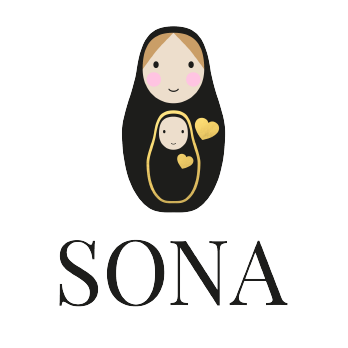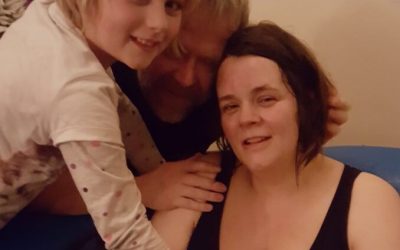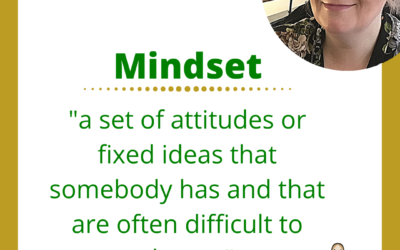Book Review : Where’s the Mother by Trevor MacDonald
Where’s the Mother is a memoir style, autobiography of a trans-man’s transition, pregnancy, birth and breastfeeding journey and his experiences.
Trevor MacDonald’s style is instantly connectable. His transition story is honest and gentle. It gives an insight into a very personal experience that does not make you feel like you are an outsider or intruder. As he talks about what it felt like to be a man in a female body, his experiences in school and finding the courage to go through transition, there is no anger, just a gentle request to listen. It’s like you are sitting next to him, in a coffee shop listening, sipping in the warm peppermint tea and hanging on his every word. I found it riveting and could not put the book down. Reading it in 2 days flat.
Before reading this book I knew nothing about Trevor MacDonald (except he shares his name with the News at 10 newsreader, I did have to google if the book was written by him). I didn’t read the blurb and only knew what the cover told me. This book was questioning a generation or the thinkings of a bygone generation, and that it had ‘stories from a Transgender Dad’. I assumed (making an ass out of you and me) that it would be about his struggles, the intolerance he faced and would be quite an angry book. How wrong I could be!
Part one of the book is under the title ‘Transition’. We listen as Trevor shares with us his identity “always imagined myself having a masculine voice, a square jaw, short, messy hair, a beard and moustache, a muscular chest, square hips …” The rest is hard to imagine, he says with a gentle pain. We follow him as he explores his sexuality, his comfort levels. As he is shamed and as he finds the courage to, not overcome, but work through. He gently explains, numerous times, how he has to explain himself to almost everyone he meets and how he ‘comes out’ more than once. But this part of the book is not just about his transgender transition, but also about his transition into pregnancy. He shares with us his growing love for his husband, a beautiful and tender story on his own terms. He never tells us more than we need to know, but shares with us a great deal in small chapters, small snapshots of what is going on around the bigger story he is telling. I really love these chapters, they are grounding, reminding us that people’s journeys are not linear, but a patchwork of events and incidents that shape the bigger picture.
When Trevor starts discussing pregnancy and birth, there is a passion you can hear in his words from the outset. He has an understanding for his needs early on, reading Ina May Gaskin’s Guide to Childbirth and being inspired. What I loved was even though Ina May Gaskin, very sadly, has expressed her views against gender inclusive language and trans gender in midwifery care, Trevor does not spare one bit of anger or resentment. He inserts a footnote for reference and continues HIS story.
The story of Trevor finding a midwife team and trying to make them understand his needs and what is important to him is frustrating. I am delighted he got his home birth and that Jacob’s birth story is mainly one of love and care, but if someone is crying because of the thought of a vaginal examination (especially when the thought of even having a vagina in your own body, when there shouldn’t be one, is horrifying) why, oh, why would you continue!? There are many things about this story that need to be learnt from. Many areas that would have helped Trevor have a more peaceful and understanding birth.
Trevor teaches us about chestfeeding, the 2nd part of the book dedicated to this journey. He talks about his decision making process and how he learnt what was best for him and his baby. He talks about the benefits of chestfeeding, the need to see breastfeeding in action, the lost art of breastfeeding and the real struggle that he had, the real determination he had, to continue chestfeeding. I am in awe of a man who provides such warming information and knowledge on a subject that so many find difficult.
The foreword of this book, written by Fiona Giles senior lecturer at the University of Sydney and author of Fresh Milk: The Secret Life of Breasts (2003), is in a scientific, informative but on the whole quite academic style, very different to Trevor’s style. It is the only part of the book I was uncomfortable with, as perhaps I am not academic enough! Although it raises some interesting points about our perceptions in society of gender roles and breastfeeding in particular being one of the central roles of the woman. If men breastfed, what would our role be?
One particular part of the book, I found eye-opening and connecting, was when he talks about chestfeeding in his milk donors garden, in a not so good area of the city. There is a real sense of fear here. More than just the discomfort of feeding in public, but a real fear of violence. This is a truth not many of us need to experience and by sharing, Trevor shows us how fragile a trans person’s life in our society can be.
Learning about being transgender, listening to Trevor’s experiences, the obstacles and dysphoria, is a privilege. As a birthworker I will be taking a lot from Trevor’s words and making sure I truly listen and learn. This book was a pleasure to read and I gained so much information on the subject of Transgender, but also about birth choices and breastfeeding.





